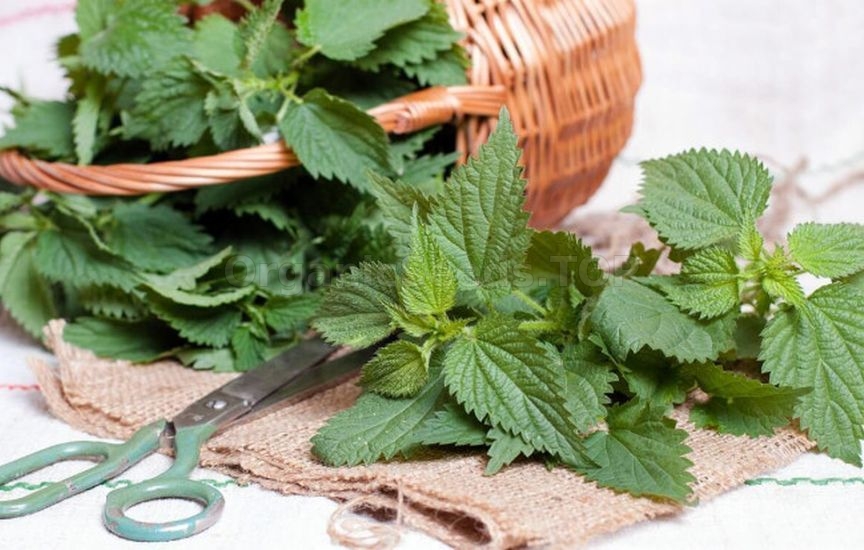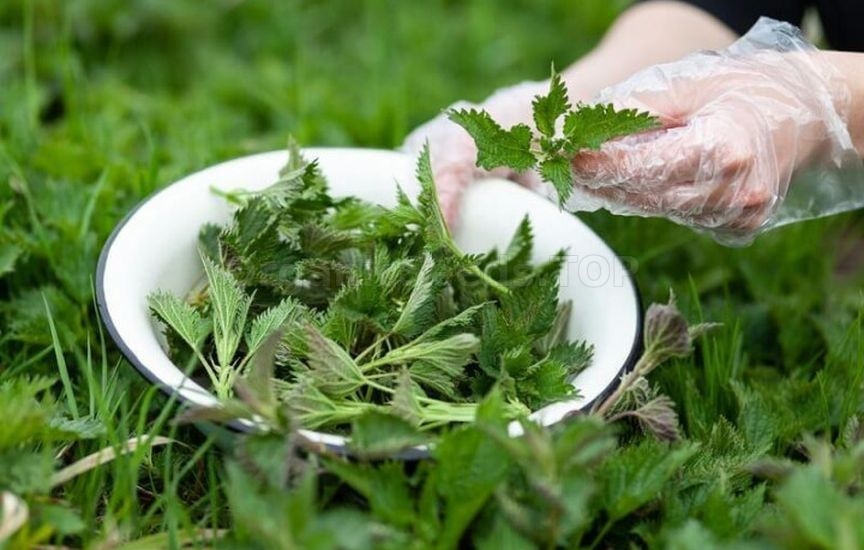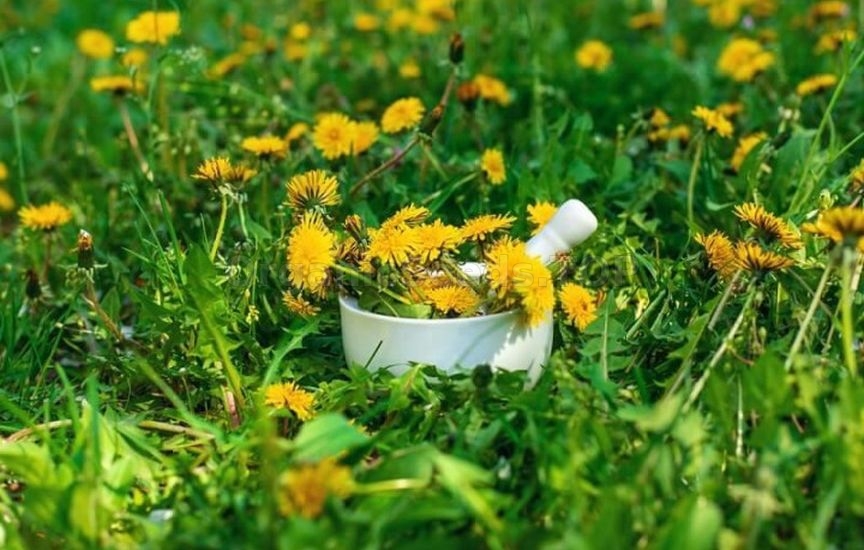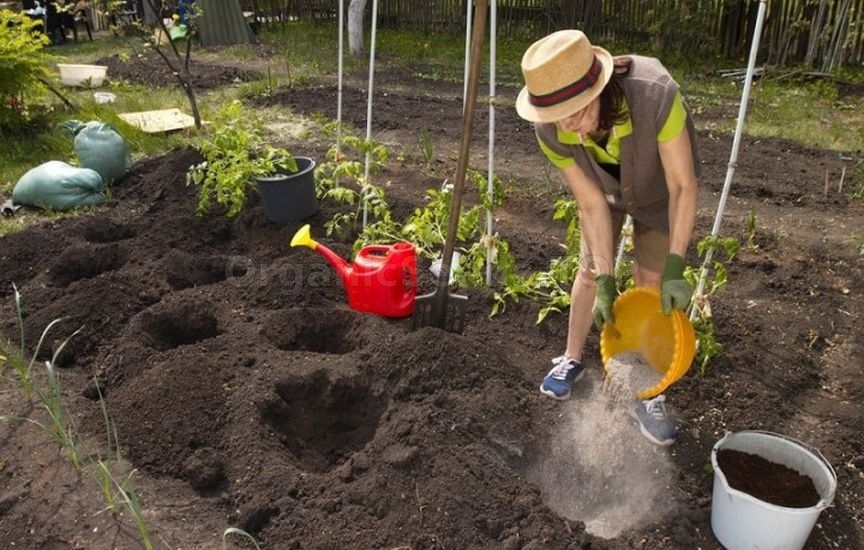Homemade organic fertilizer: compost, infusions, and ash |
In today’s world, more and more gardeners and vegetable growers are striving to transition to organic farming. This is not only about health but also a contribution to environmental conservation. Organic fertilizers, made with your own hands, improve soil structure, enrich it with nutrients, and are safe for plants.
 The most popular organic fertilizers that you can prepare yourself include compost, herbal infusions, and wood ash. But to make them truly effective, it is important to prepare and use them correctly. Compost Experienced gardeners call compost "black gold." Indeed, decomposed organic waste easily turns into a valuable fertilizer that enhances soil fertility and increases its water-holding capacity. Before fertilizing beds with compost, it must be prepared according to a clear algorithm and specific rules. First, choose a location for the compost pit or container, preferably in the shade, at the far end of the garden. It is incorrect to randomly throw all organic waste into the compost. It is important to alternate "green" and "brown" layers. "Green" materials are a source of nitrogen. These include vegetable peels, mowed grass, and plant tops. "Brown" materials are a source of carbon, typically branches, cardboard, and dry leaves. The ideal ratio of green to brown is 1:2. Meat, dairy products, plants with signs of disease, and weeds with seeds should not be placed in compost.  The pile should be periodically moistened and aerated. Every two weeks, turn over the contents with a pitchfork. To obtain fertilizer, you need to wait. The process takes at least six months. It can be accelerated with effective microorganism preparations (e.g. "Baikal-EM"). You can tell compost is ready by its appearance (dark and crumbly) and smell (it starts emitting a forest soil aroma). Compost is applied to weed-free beds. If the soil is heavy, it should be dug to the depth of a spade. In autumn, a 5–10 cm layer of compost is spread over the surface of the bed and dug in. This prepares the soil for spring. In spring, compost is added to planting holes or mixed with the top layer of soil. Compost can also be used as mulch by spreading a 3–5 cm layer around plants to protect roots and retain moisture. The recommended compost application rate for poor soils is about 10 kg per square meter, while for maintaining fertility, 5 kg per square meter is sufficient. Herbal Infusion Herbal infusions that enrich the soil with nitrogen can be prepared from nettle, chickweed, goosefoot, and other plants with shallow root systems. If phosphorus or potassium enrichment is needed, fertilizers can be prepared from plants with taproot systems such as dandelion, sorrel, and goutweed. Nettle infusion is particularly popular among gardeners. It is quite simple to prepare. A plastic container is filled two-thirds full with fresh nettle (without roots and seeds) and filled with water, but not to the top, leaving room for fermentation. The container is covered with a lid with holes and left for 10–14 days, with daily stirring. The finished infusion is diluted with water at a 1:10 ratio for root watering or 1:20 for foliar spraying. Nettle infusion is an excellent fertilizer for tomatoes, cucumbers, and peppers.  A similar method is used to prepare a dandelion infusion. As with other plants used for fertilizers, dandelions should be collected far from major roads and chemically treated areas. Chop 1 kg of dandelions with scissors and pour over 10 liters of water. Cover the container with a lid with holes, stirring daily. Preparing dandelion infusion takes a little longer—about 2–3 weeks. When the infusion turns dark brown and foam disappears, strain the liquid through cheesecloth. Mix the infusion with water at a 1:10 ratio for root watering and 1:20 for foliar spraying. Use the fertilizer every 2–3 weeks during active plant growth. This fertilizer is particularly effective for tomatoes, peppers, cucumbers, roses, and berry bushes. Ash Ash is the result of burning wood, straw, or grass. It reduces soil acidity and protects against pests. Fertilizer from ash is simple to prepare—in fact, it can be used in its pure form. For fertilization, sprinkle 100–200 g per square meter under currant bushes, raspberries, or tomatoes. An ash infusion can also be prepared: pour 2–3 cups of ash into 10 liters of water, let it steep for 2 days, then water plants at the root. Despite the simplicity of using ash, there are some nuances. Do not mix ash with nitrogen fertilizers (manure, urea), as this neutralizes their effects. It is also not recommended for use with blueberries, rhododendrons, and other acid-loving plants. Making organic fertilizers from available materials is a simple way to support plants and care for the environment. Try these recipes, and your beds and flower gardens will reward you with lush blooms and a rich harvest. You may need:Organic Fertilizers |
|
|
